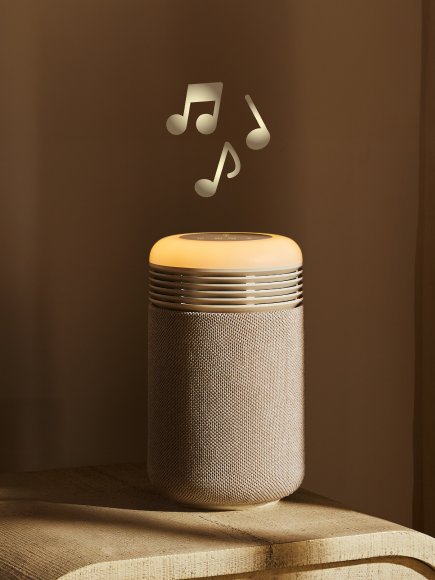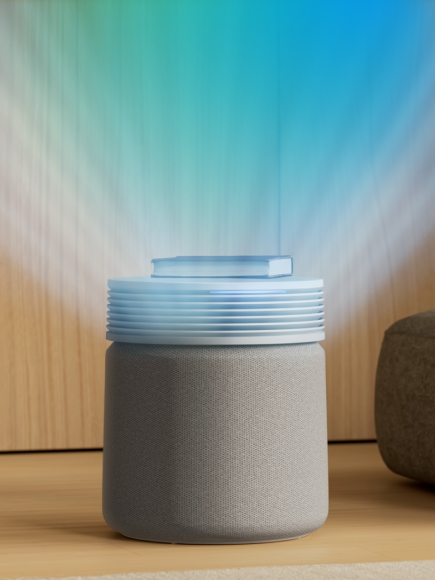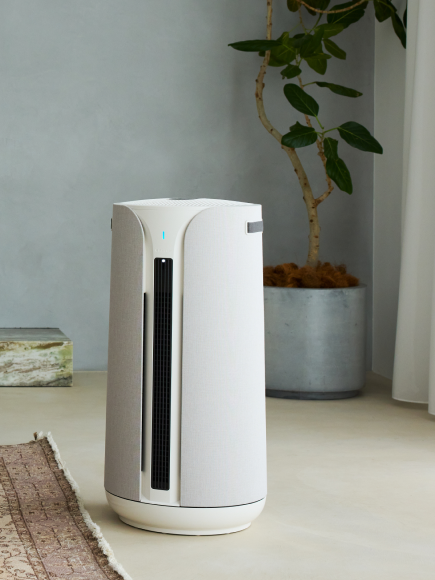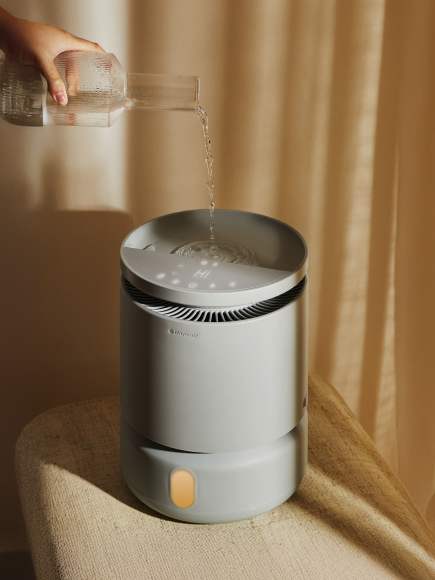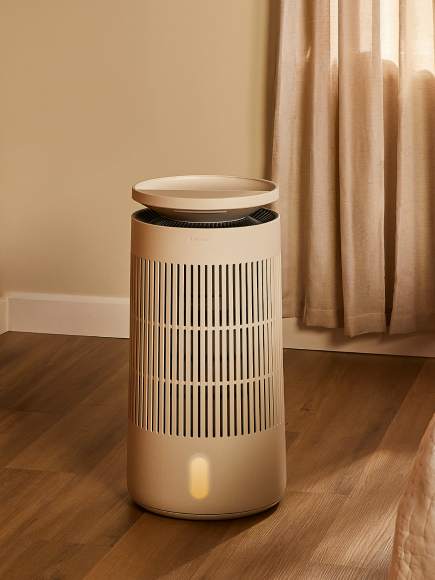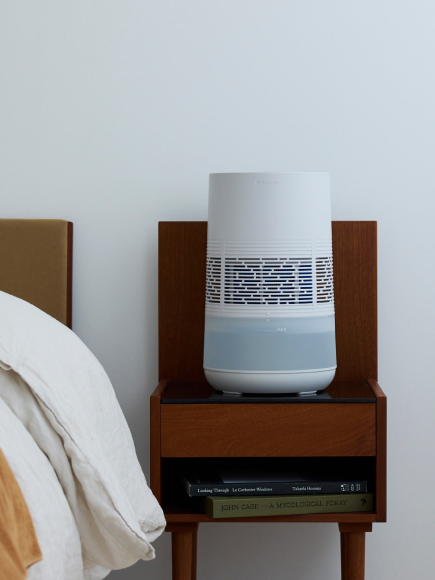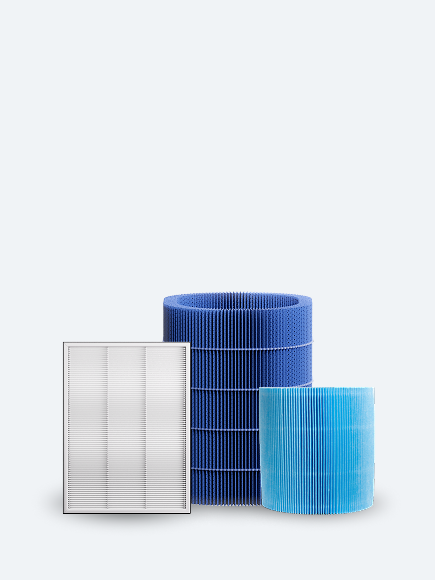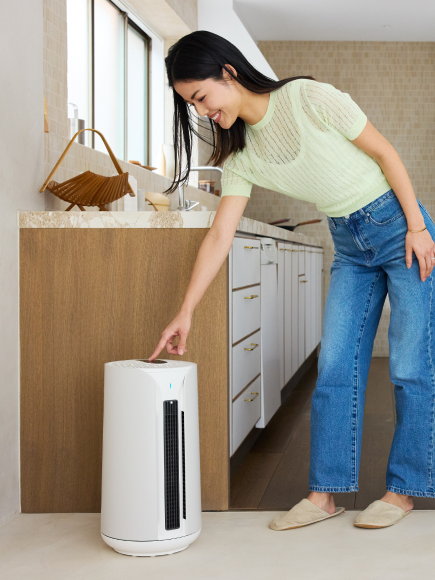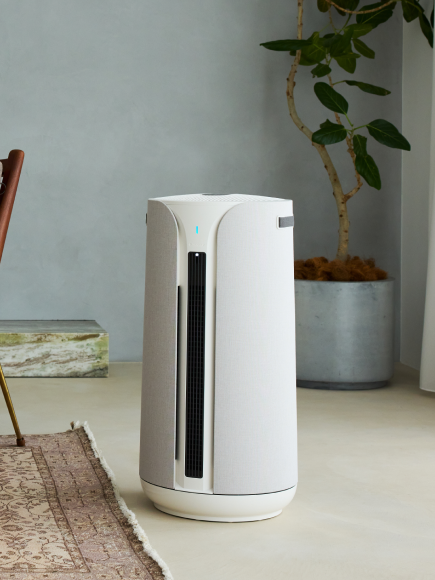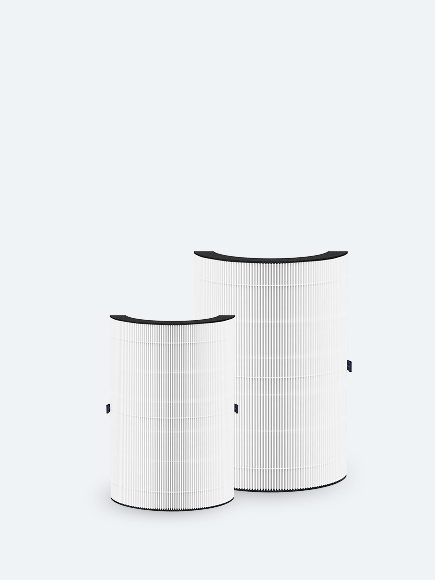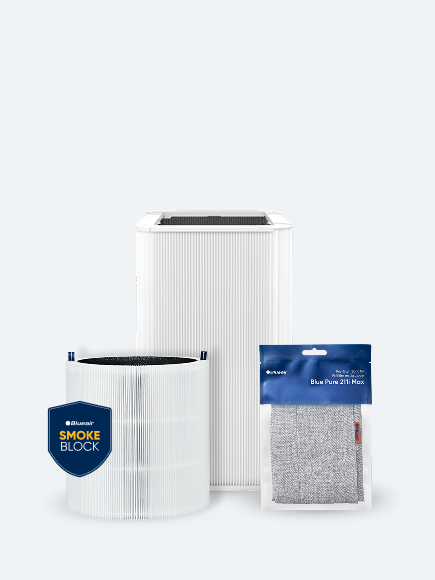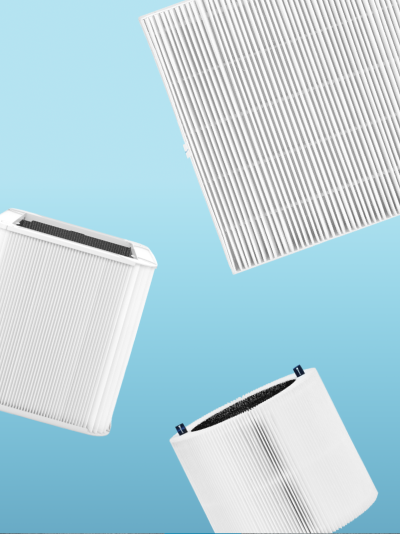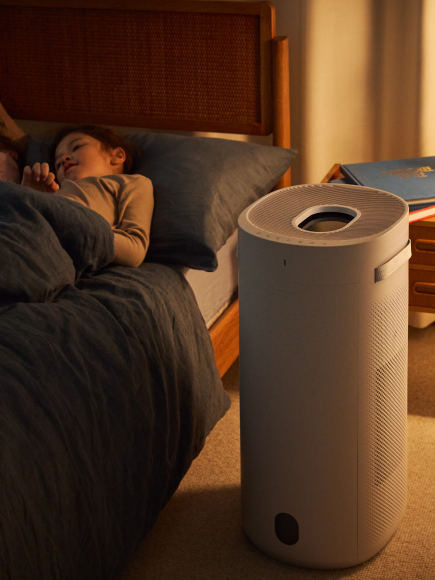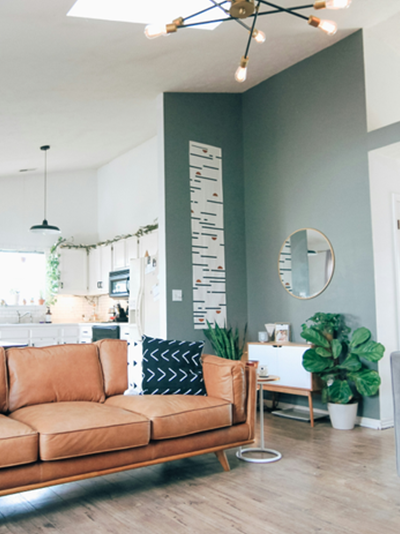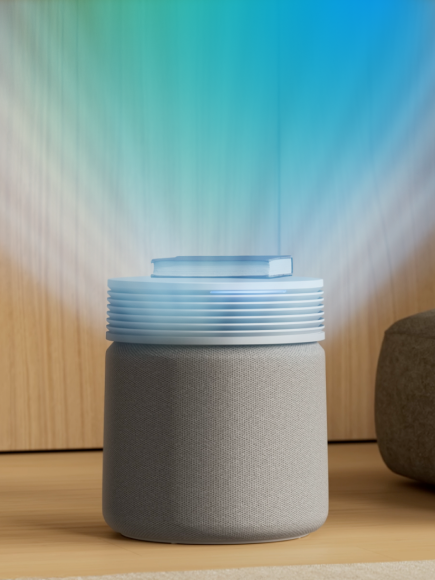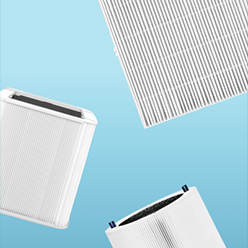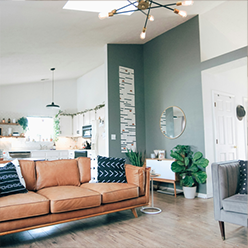-
Home is where wellness truly begins. It’s the environment that surrounds you day and night — shaping your energy, focus, and even how well you sleep. In a world where toxins can easily creep into the spaces we trust the most, creating a non-toxic, wellness-focused home is an act of self-care and long-term health investment.
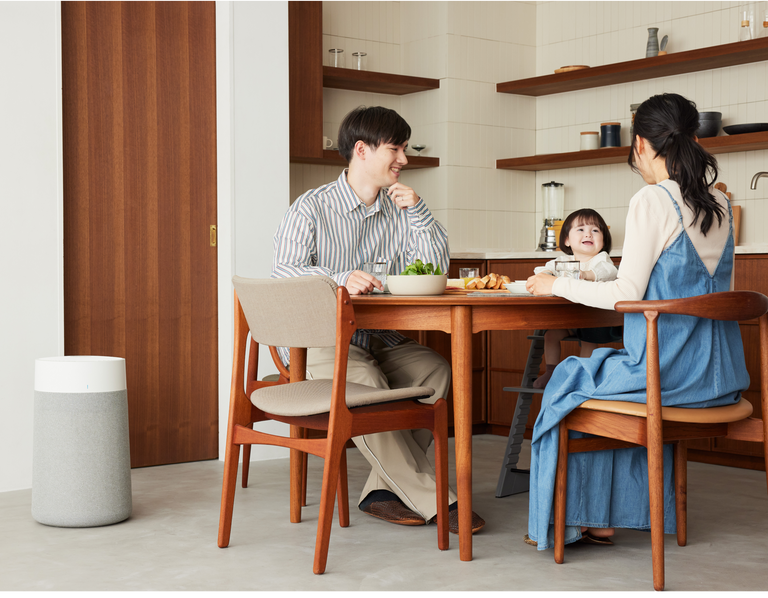
-
1. Prioritize the Air Around You
Air is the most essential — yet often overlooked — part of our home environment. Beyond filtering dust and allergens, air wellness means conditioning and optimizing the air, so it actively supports sleep, healthy skin, energy, and overall vitality.
- Focus on solutions that go beyond purification to create balanced, health-optimized air.
- Think of air care the same way you think about hydration or nutrition — as a daily foundation of wellness.
2. Choose Health-Conscious Materials
The surfaces, fabrics, and finishes in your home directly can emit compounds that affect indoor air quality and your wellbeing. To reduce harmful exposures:
- Select low-VOC (volatile, organic compounds) paints and finishes to avoid unnecessary chemicals.
- Opt for solid wood furniture over particleboard, which can release formaldehyde, a chemical that can irritate the lungs.
- Use organic or untreated textiles for bedding and curtains.
3. Design Restorative Spaces for Sleep
Sleep is where your body repairs and recharges — but indoor toxins and poor air quality can quietly disrupt it. A restorative sleep sanctuary should include:
- Clean, optimized air that helps you fall asleep faster and wake refreshed.
- Thoughtful design choices like clutter-free layouts, natural fabrics, and blackout curtains.
- A cool, well-ventilated room that supports deep rest.
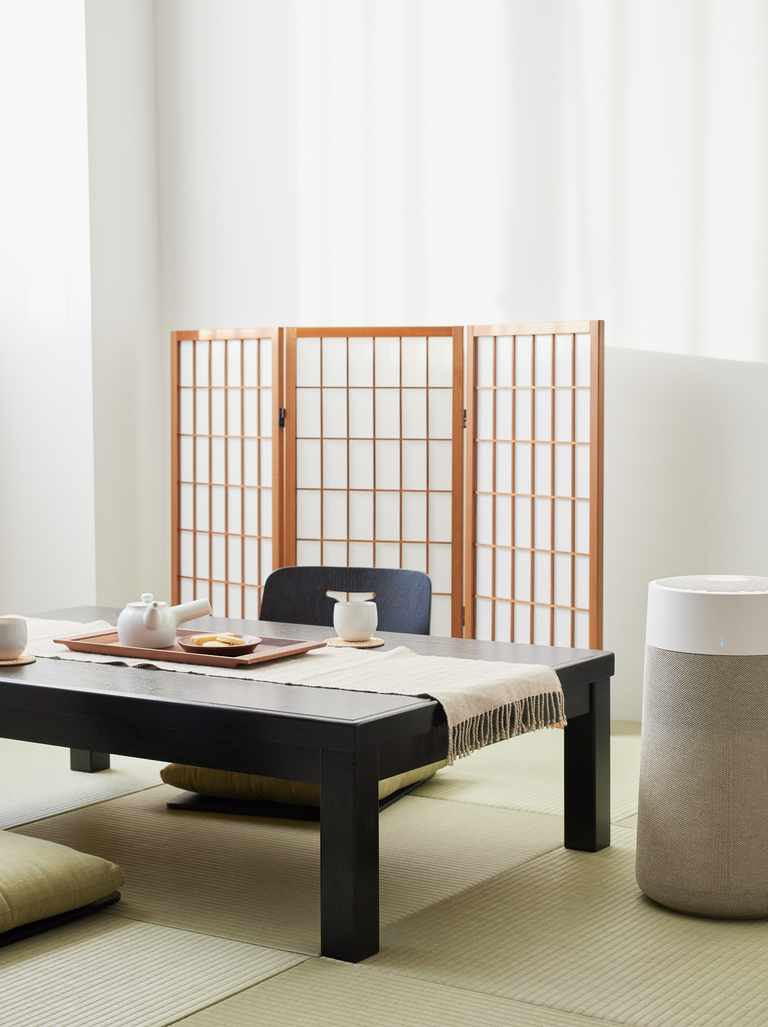
-
4. Protect the Most Sensitive at Home
Children, babies, and pets are often more vulnerable to pollutants. A wellness-first home supports them by:
- Minimizing allergens, odors, and pet dander.
- Creating gentle air environments that protect little lungs and developing bodies.
- Choosing cleaning and household products free of harsh chemicals.
Creating a safe environment for them naturally makes the home healthier for everyone.
5. Integrate Nature and Simplicity
Wellness at home thrives when nature and design meet.
- Incorporate indoor plants that purify and freshen air while bringing life into your spaces.
- Let in natural light to balance circadian rhythms and lift mood.
- Simplify your home — wellness is supported by environments that are breathable, open, and uncluttered.
The Wellness-First Home of the Future
Creating a non-toxic, wellness-focused home isn’t about one product or one room. It’s about an integrated lifestyle approach — where every choice, from the air you breathe to the textures you touch, supports your long-term health.
With modern solutions that make total air wellness effortless, your home can evolve into a place that truly sustains and restores you — a sanctuary designed for better living, today and for years to come.

